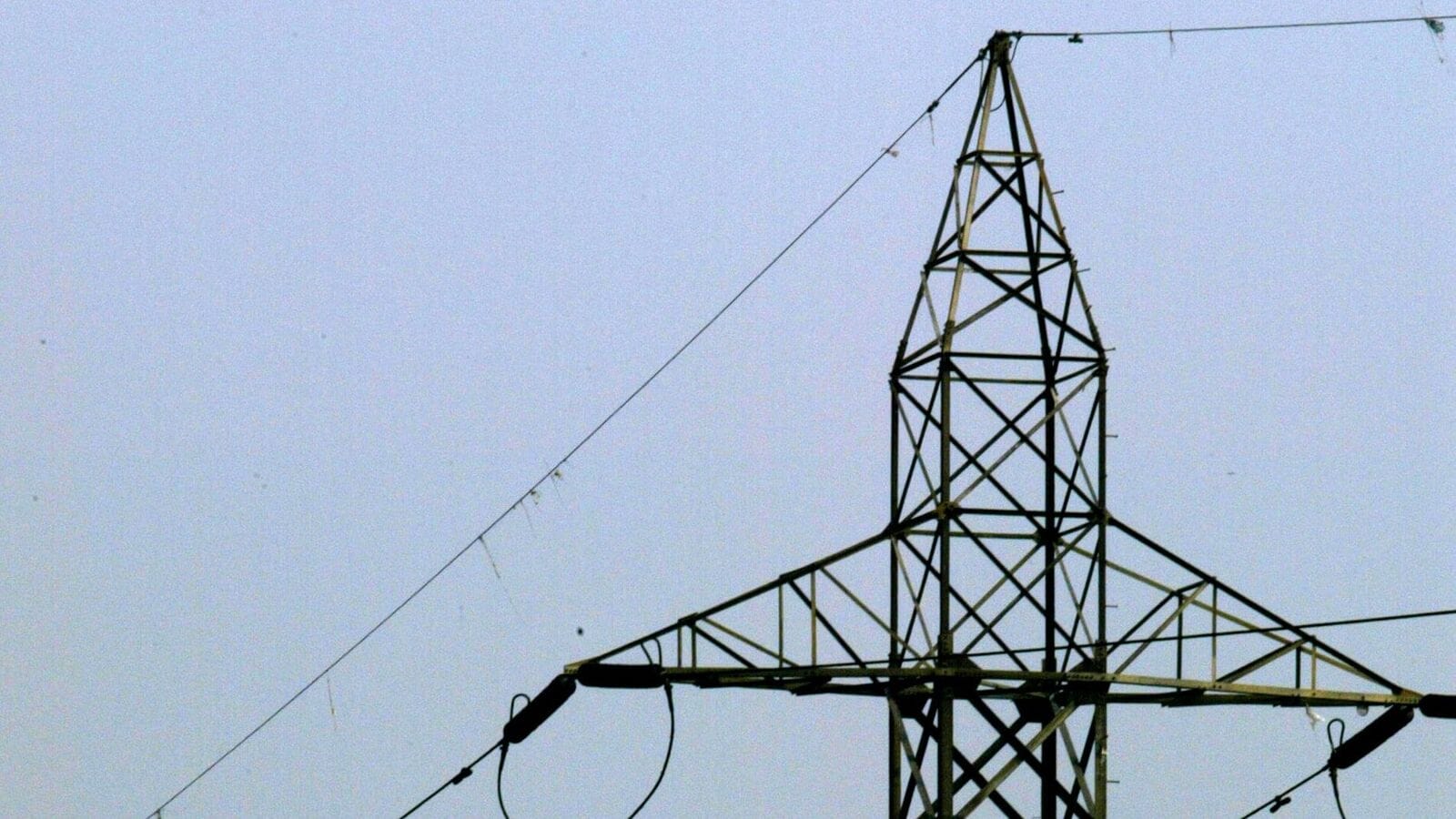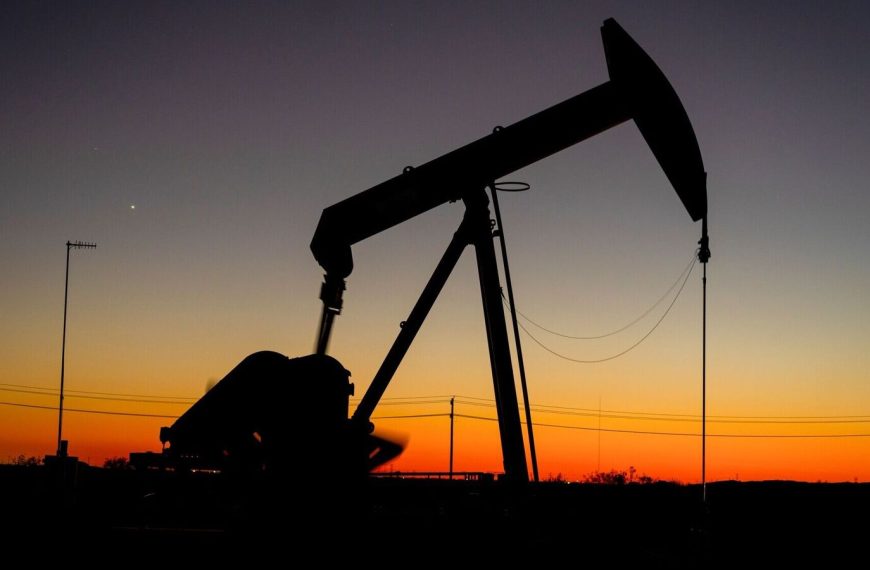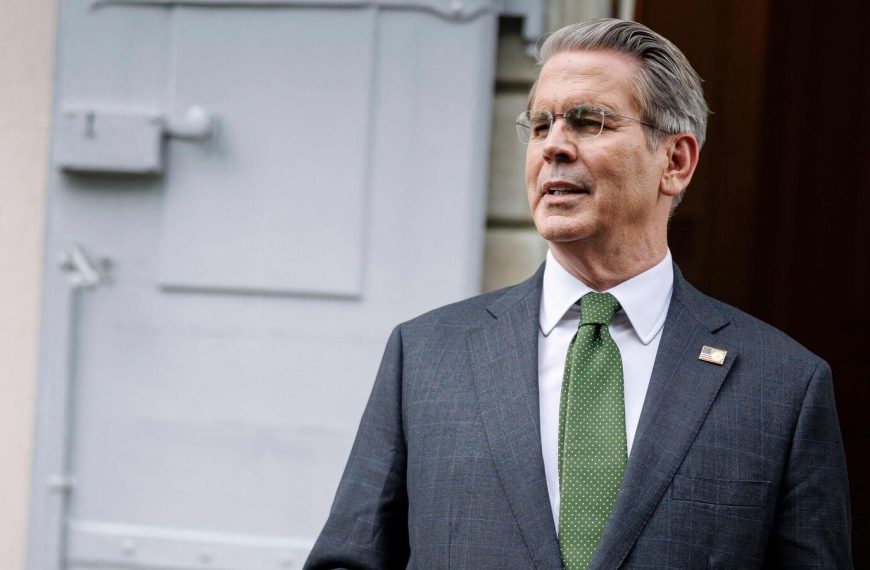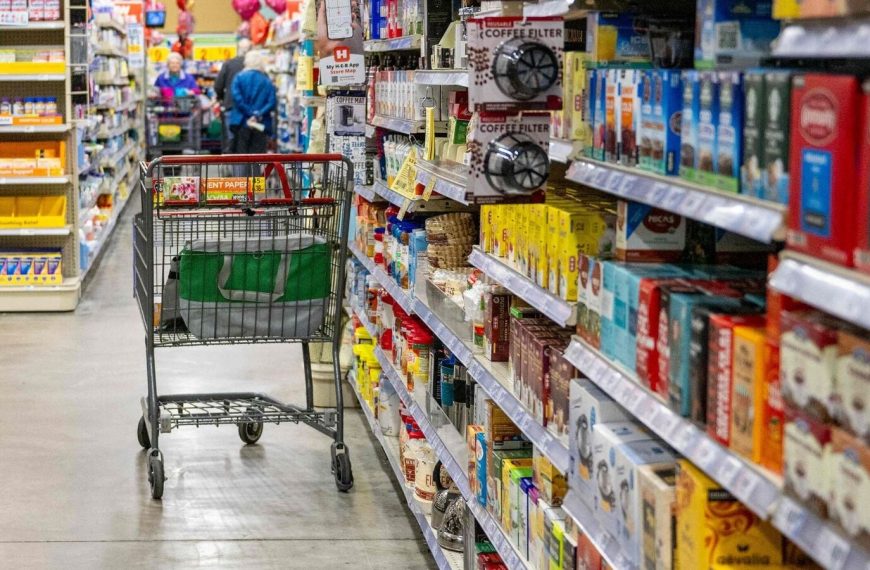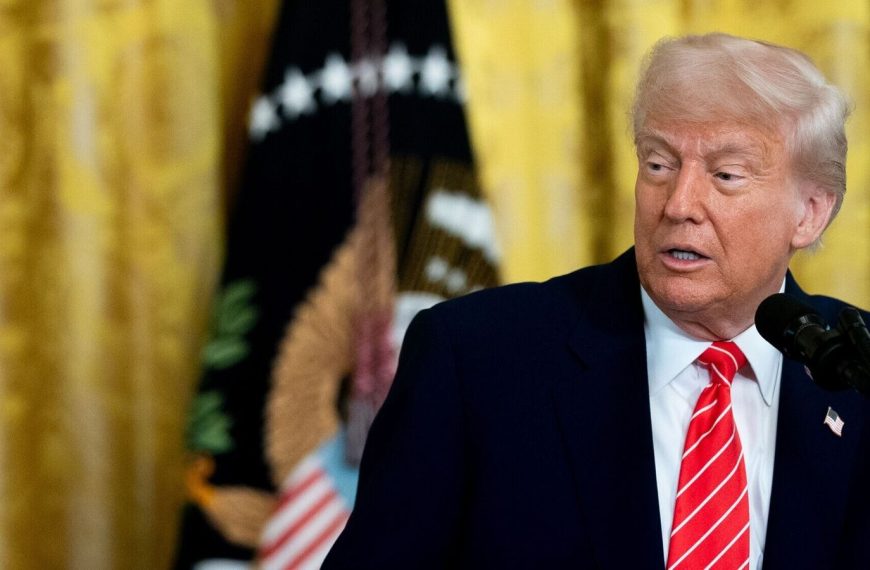In the last financial year, green energy expansion surged, while the growth in transmission lines and thermal power generation faced significant hurdles, according to the latest insights from the Central Electricity Authority (CEA). This trend raises concerns about the stability of the nation’s power supply as the demand for electricity continues to rise. As India moves toward a more sustainable future, the balance between renewable energy and traditional power sources remains critical.
Green Power Capacity on the Rise
The latest figures reveal that India witnessed a remarkable addition of 28.72 GW in renewable energy capacity during the last fiscal year, contrasting sharply with the previous year’s 18.48 GW. This impressive growth highlights the country’s commitment to transitioning to greener energy sources, even as challenges persist in other sectors.
- Renewable Energy Added: 28.72 GW in FY25
- Previous Year: 18.48 GW
Transmission Line Expansion Slows Down
Despite the push for renewable energy, the expansion of transmission infrastructure lagged significantly. In FY25, only 8,830 circuit kilometers (ckm) of transmission lines were constructed, marking a 37.8% decline from 14,203 ckm in FY24. This shortfall is well below the target of 15,253 ckm, raising alarms about the country’s ability to support its growing green energy landscape.
- State Sector Contribution: 4,761 ckm (57% of target)
- Central Sector Contribution: 2,586 ckm (48% of target)
- Private Sector Contribution: 1,483 ckm (93.5% of target)
The Importance of a Robust Transmission Network
A robust transmission network is essential for ensuring a stable power supply, especially as the country increases its reliance on renewable energy sources. The One Sun One World One Grid initiative aims to connect India’s grid with national networks in the UAE, Saudi Arabia, and beyond, further emphasizing the need for a strong domestic infrastructure.
Investment and Future Plans
To meet its ambitious goal of 500 GW of non-fossil fuel capacity by 2030, India will require an estimated ₹10 trillion investment in the power transmission sector. This includes enhancing battery storage capacity and expanding the transmission network. The National Electricity Plan, unveiled in October last year, outlines a cumulative investment of ₹9.15 trillion needed to achieve this goal.
- Offshore Wind Integration: 10 GW
- Battery Storage Systems: 47 GW
- Pumped Storage Plants: 30 GW
Challenges in Thermal Power Generation
On the thermal power front, capacity addition also experienced a downturn, falling by 32.65% to 3.87 GW from 5.75 GW in FY24. This decline comes at a time when the government aims to increase thermal capacity to 80 GW by 2032. The sluggish progress can be attributed to various factors, including delays in land acquisition and material supply.
Rising Power Demand
India’s energy needs have surged, with peak power demand expected to hit 270 GW this summer, surpassing last year’s record of 250 GW. This growing demand underscores the necessity for an efficient and reliable power generation mix, which encompasses both renewable and coal-based sources.
In conclusion, while India is making strides in green energy, the simultaneous challenges in transmission and thermal generation highlight the complexities of the energy transition. Ensuring a stable and robust power supply will be crucial as the nation navigates its path toward sustainability.

